The moon, it's shrinking!
Landing on the moon is soon going to be harder than previously thought

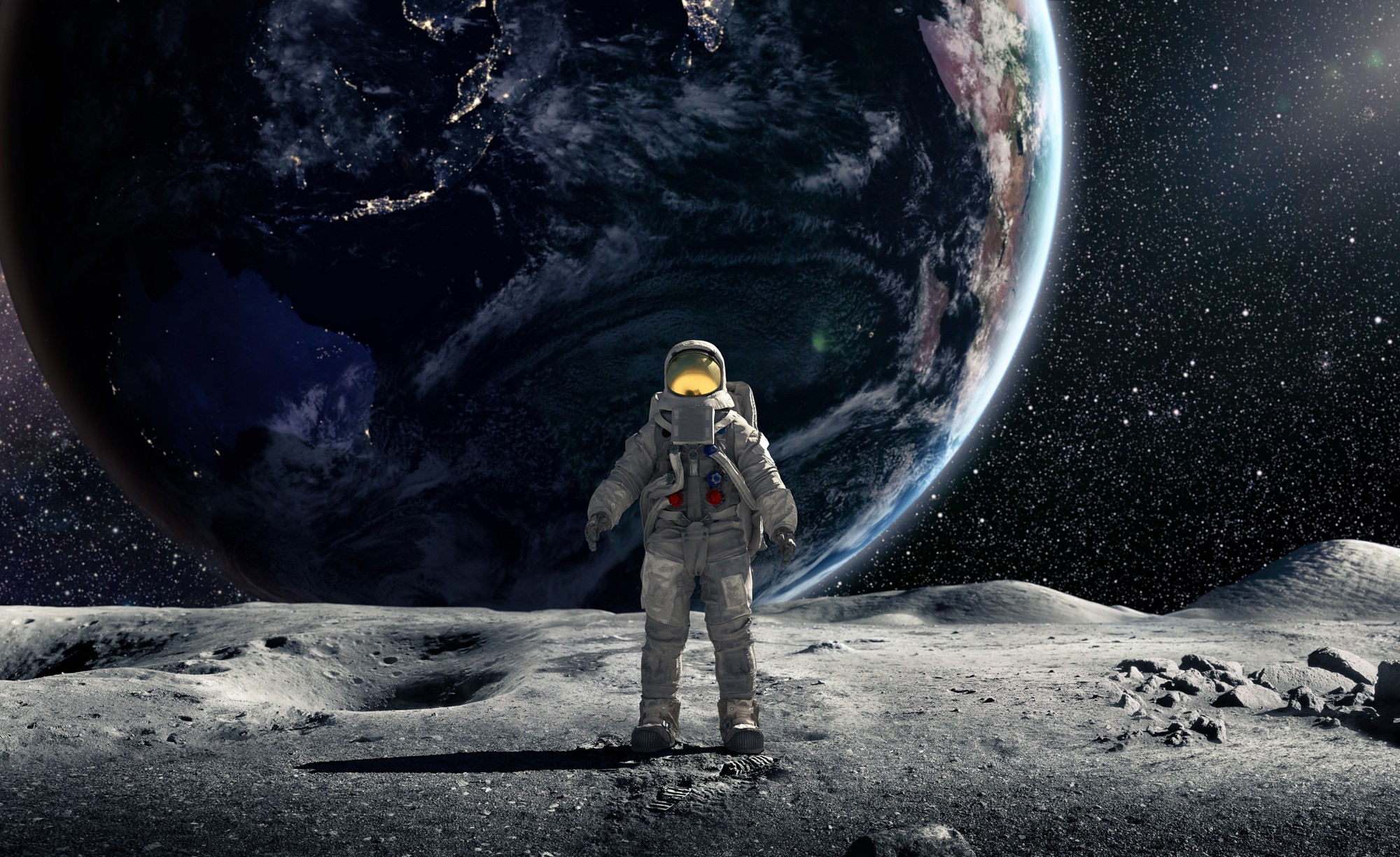
The moon is often compared to cheese. But lately, it is more like a raisin. That is because the moon has gradually been shrinking and, in the process, shriveling. The south pole of Earth's satellite is one of the areas most impacted because of fault lines and moonquakes. This seismic activity on its own might but inconsequential, but the changes could make landing on the moon much more difficult if moon missions like NASA's Artemis program do not account for the newfound shaky ground.
How does the moon shrink?
The moon has shrunk by more than 150 feet in circumference over the last few hundred million years because of its core gradually cooling. As the moon shrinks, its surface becomes more defaced because the "lunar shrinking process looks similar to how a grape wrinkles when it becomes a raisin," said Popular Science. "However, a grape has a flexible skin, while the moon has a brittle surface. The brittleness causes faults to form." These faults result in seismic activity like moonquakes and landslides.
In a new study published in The Planetary Science Journal, scientists discovered that "this continuing shrinkage of the moon led to notable surface warping in its south polar region," SciTech Daily said. The study's lead author Thomas Watters said in a statement, "Our modeling suggests that shallow moonquakes capable of producing strong ground shaking in the south polar region are possible from slip events on existing faults or the formation of new thrust faults." Unlike earthquakes, "which tend to last only a few seconds or minutes, shallow moonquakes can last for hours and even a whole afternoon," the authors of the report added. The shrinking moon will have a negligible impact on Earth but could pose a bigger problem as lunar exploration continues.
The Week
Escape your echo chamber. Get the facts behind the news, plus analysis from multiple perspectives.

Sign up for The Week's Free Newsletters
From our morning news briefing to a weekly Good News Newsletter, get the best of The Week delivered directly to your inbox.
From our morning news briefing to a weekly Good News Newsletter, get the best of The Week delivered directly to your inbox.
What are the implications?
The south pole of the moon has become an area of interest for moon landings, however, the moonquakes could pose a threat to any human infrastructure that might be instated there. "A concept that I think that many people have is that the moon is this geologically dead body," Watters said to CNN. But "the moon is a seismically active body." He added, "This is not to alarm anyone and certainly not to discourage exploration of that part of the south pole of the moon."
The moonquakes are not a death sentence for lunar exploration because the scope of the upcoming moon missions is small. NASA's Artemis mission, which aims to put man back on the moon, has shown specific interest in the moon's south pole and has 13 proposed landing sites near the region. "Strong shallow moonquakes are infrequent and pose a low risk to short-term missions on the lunar surface," co-author of The Planetary Science Journal study Renee Weber said to CNN. Since moonquakes are also hard to predict, "it is too early to argue for such hazard scenarios to Artemis sites, [which] might devastate the lunar base," Senthil Kumar, a researcher at the National Geophysical Research Institute in Hyderabad, India, said to The Washington Post.
Long-term lunar habitation could be a different story. "As we get closer to the crewed Artemis mission's launch date, it's important to keep our astronauts, our equipment and infrastructure as safe as possible," study co-author Nicholas Schmerr said in a statement. "This work is helping us prepare for what awaits us on the moon — whether that's engineering structures that can better withstand lunar seismic activity or protecting people from really dangerous zones."
A free daily email with the biggest news stories of the day – and the best features from TheWeek.com
Devika Rao has worked as a staff writer at The Week since 2022, covering science, the environment, climate and business. She previously worked as a policy associate for a nonprofit organization advocating for environmental action from a business perspective.
-
 Received a gift card this holiday season? Here’s how to maximize it.
Received a gift card this holiday season? Here’s how to maximize it.The Explainer Make the most of your present
-
 ‘Lumpy skin’ protests intensify across France as farmers fight cull
‘Lumpy skin’ protests intensify across France as farmers fight cullIN THE SPOTLIGHT A bovine outbreak coupled with ongoing governmental frustrations is causing major problems for French civil society
-
 The best books of 2025
The best books of 2025The Week Recommends A deep dive into the site of a mass shooting, a new release from the author of ‘Atonement’ and more
-
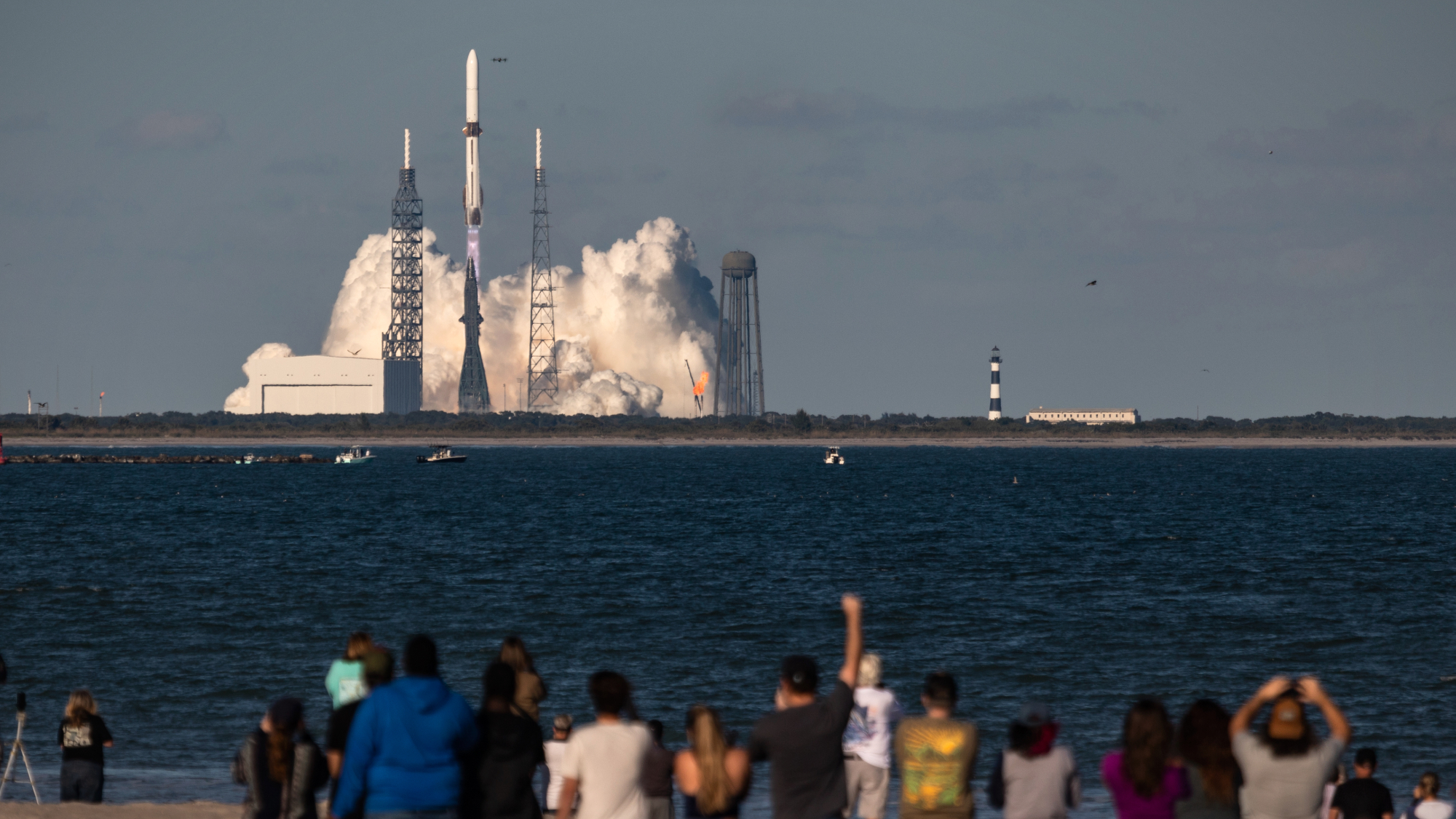 Blue Origin launches Mars probes in NASA debut
Blue Origin launches Mars probes in NASA debutSpeed Read The New Glenn rocket is carrying small twin spacecraft toward Mars as part of NASA’s Escapade mission
-
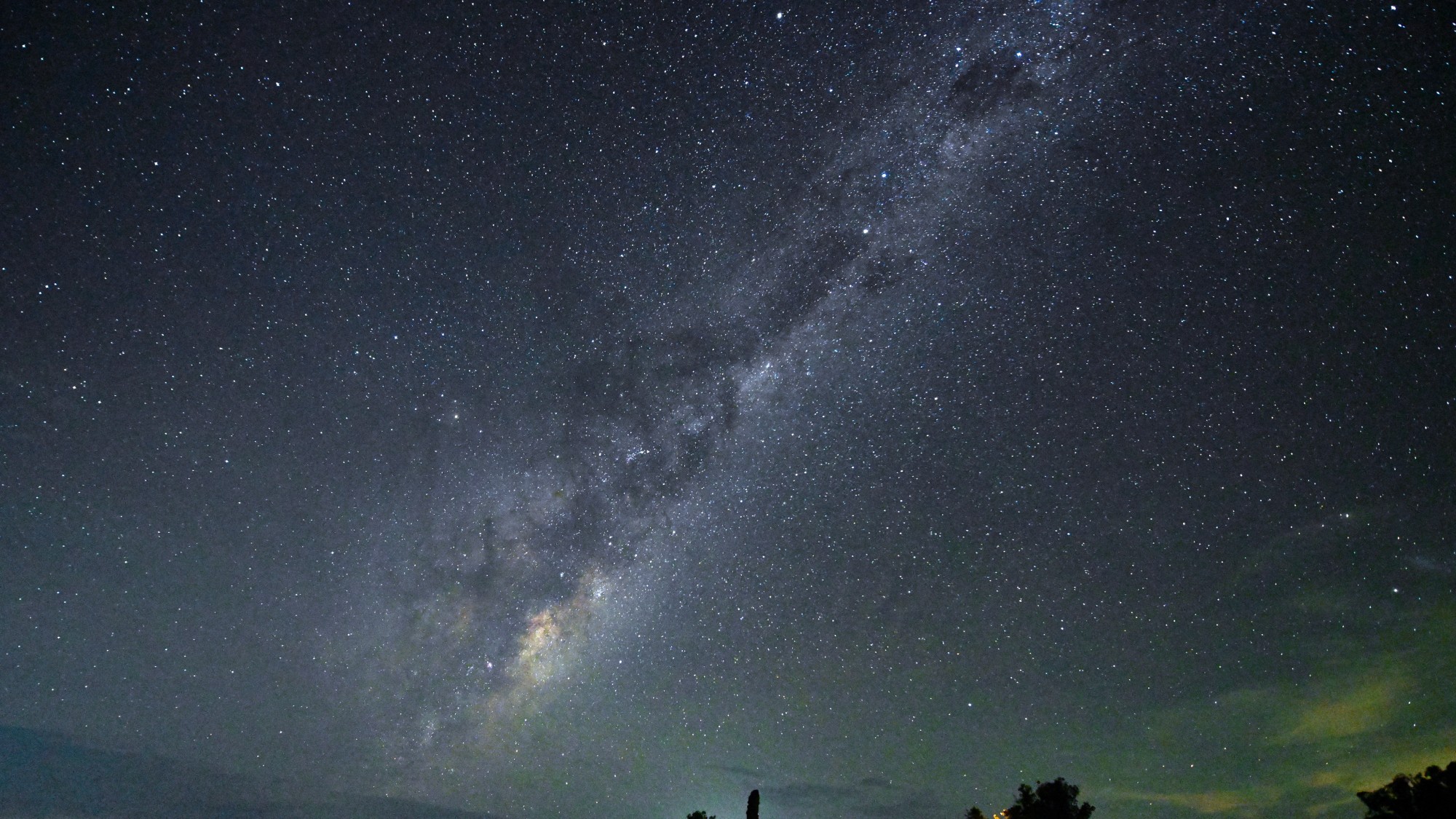 ‘The Big Crunch’: why science is divided over the future of the universe
‘The Big Crunch’: why science is divided over the future of the universeThe Explainer New study upends the prevailing theory about dark matter and says it is weakening
-
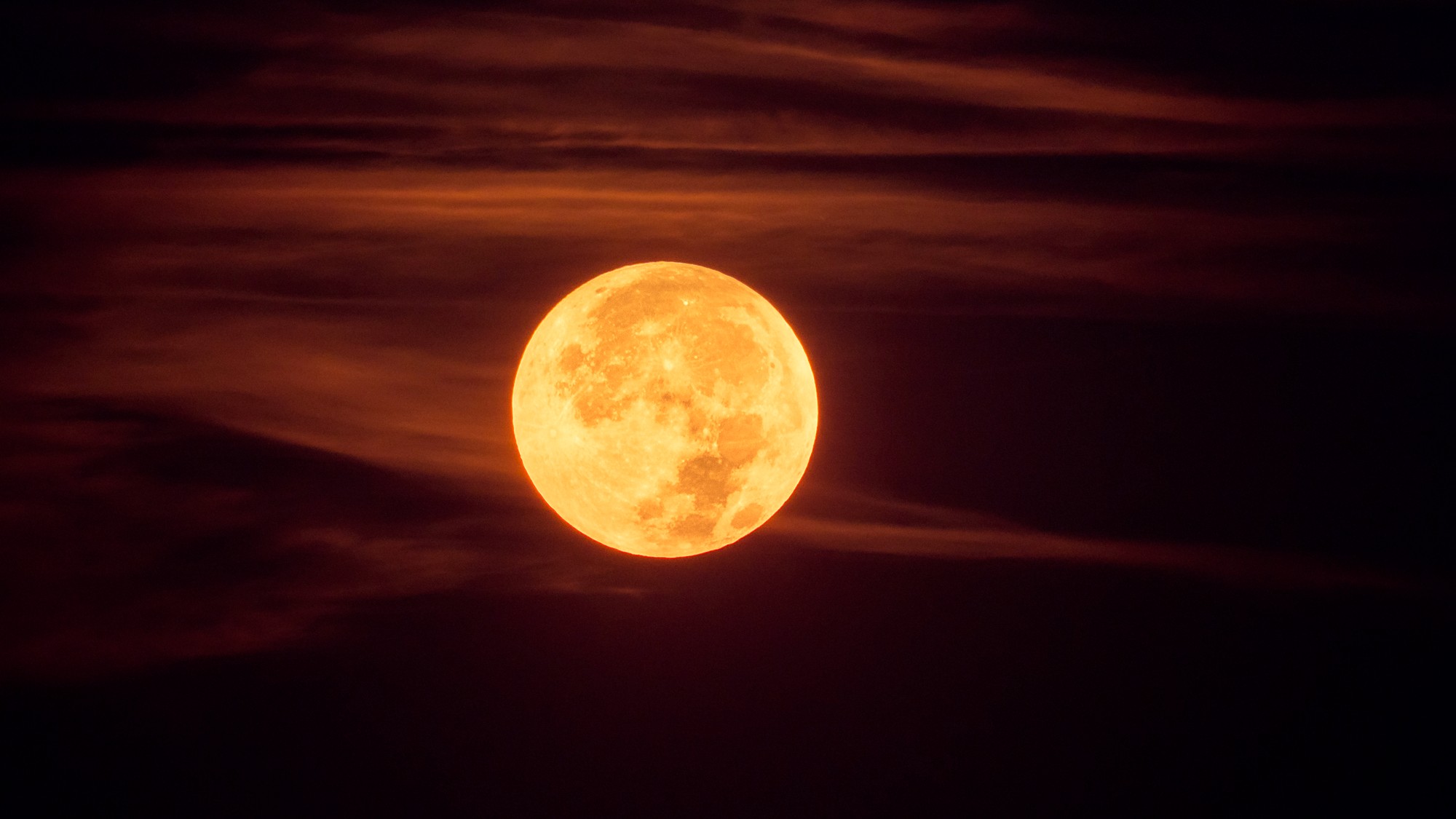 The moon is rusting
The moon is rustingUnder the radar The Earth is likely to blame
-
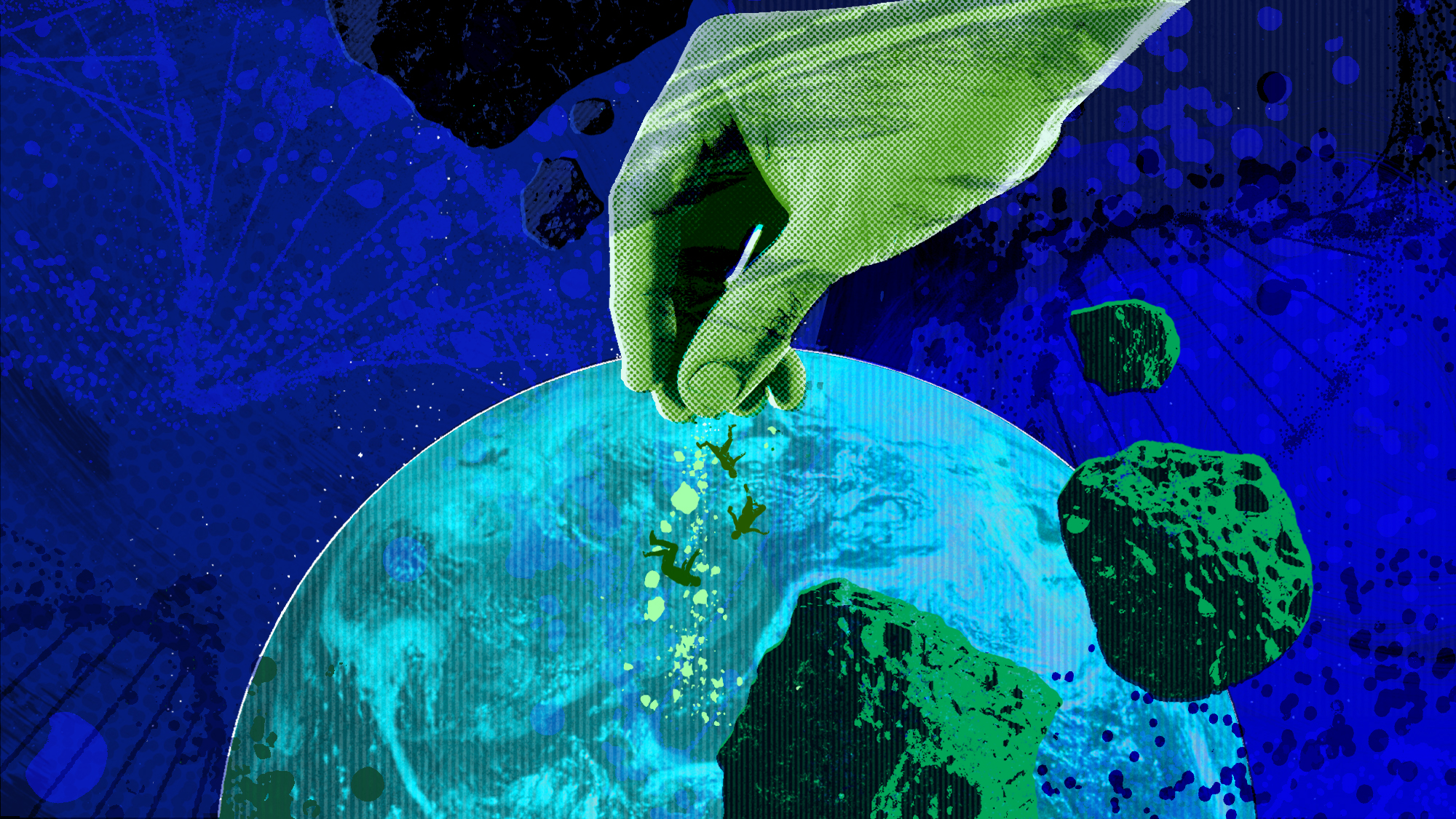 Panspermia: the theory that life was sent to Earth by aliens
Panspermia: the theory that life was sent to Earth by aliensUnder The Radar New findings have resurfaced an old, controversial idea
-
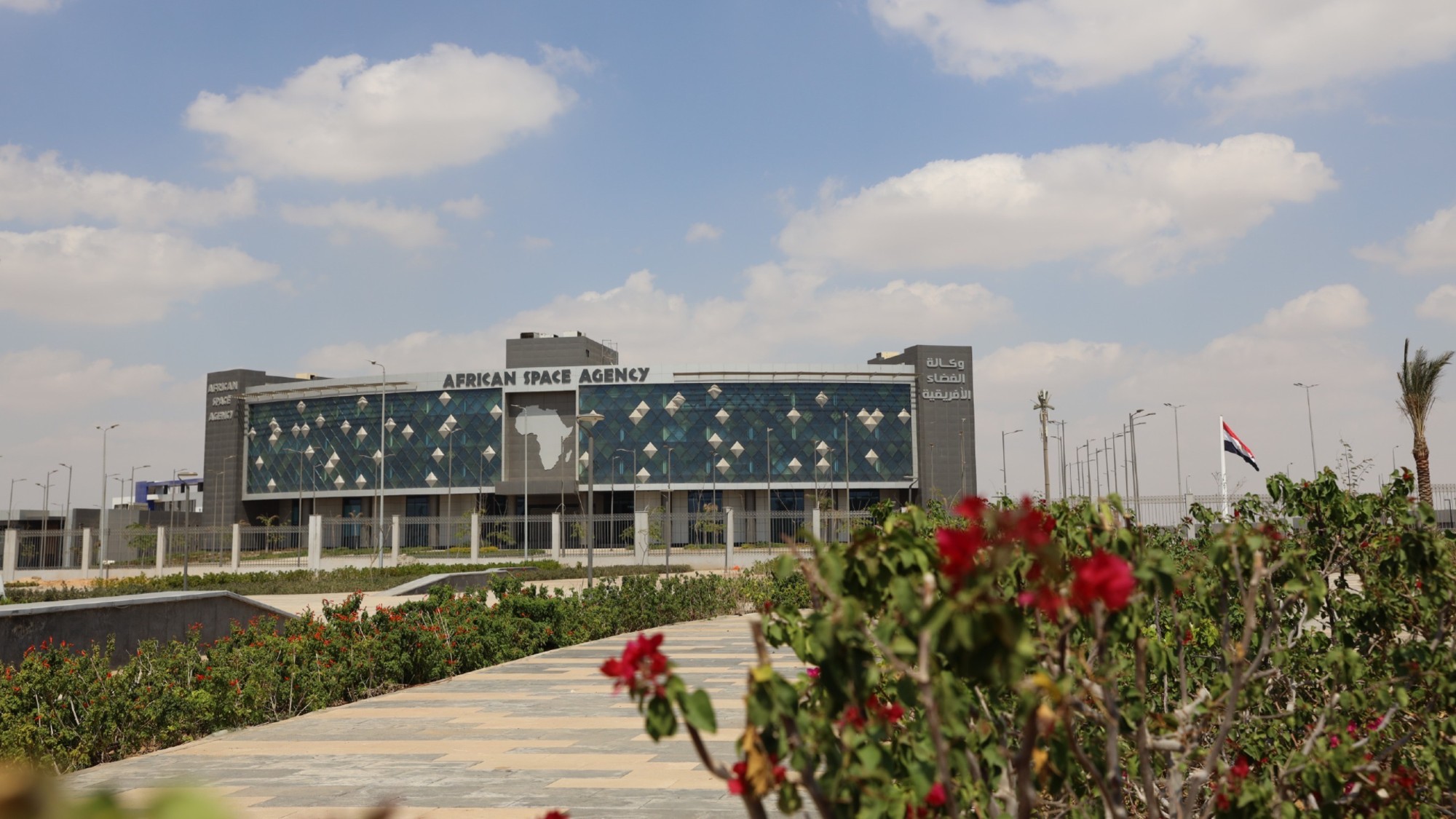 Africa could become the next frontier for space programs
Africa could become the next frontier for space programsThe Explainer China and the US are both working on space applications for Africa
-
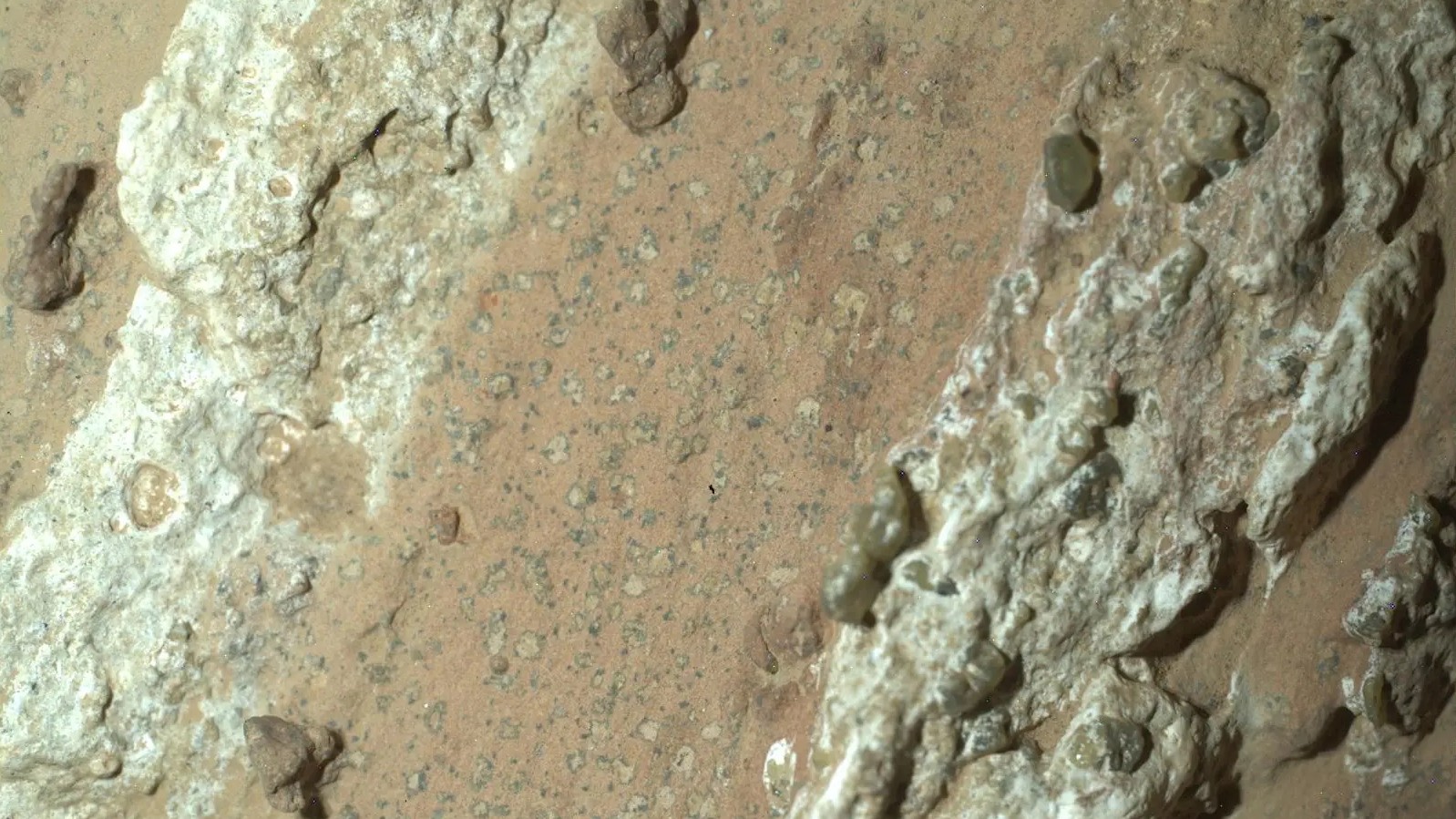 NASA reveals ‘clearest sign of life’ on Mars yet
NASA reveals ‘clearest sign of life’ on Mars yetSpeed Read The evidence came in the form of a rock sample collected on the planet
-
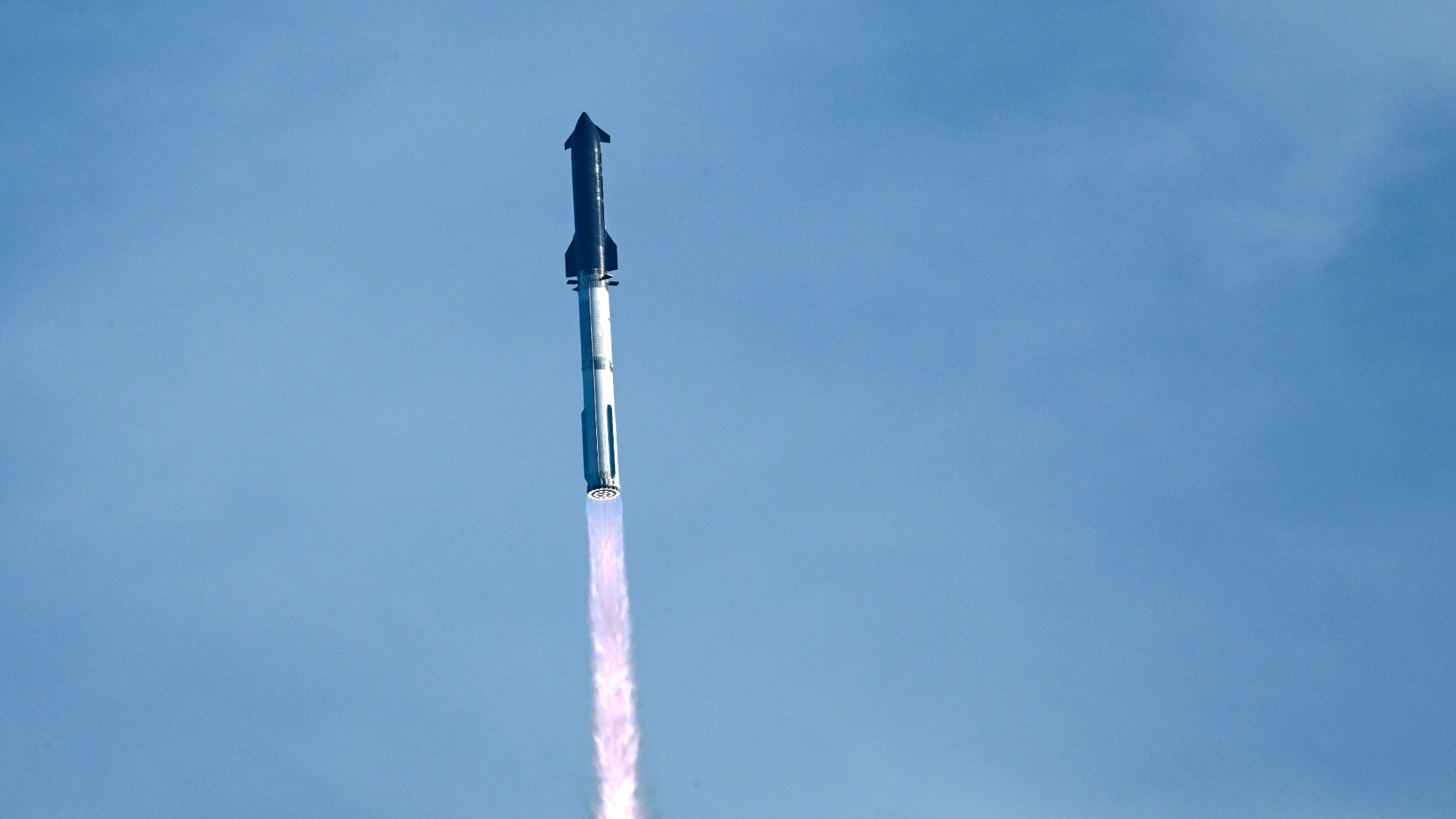 SpaceX breaks Starship losing streak in 10th test
SpaceX breaks Starship losing streak in 10th testspeed read The Starship rocket's test flight was largely successful, deploying eight dummy satellites during its hour in space
-
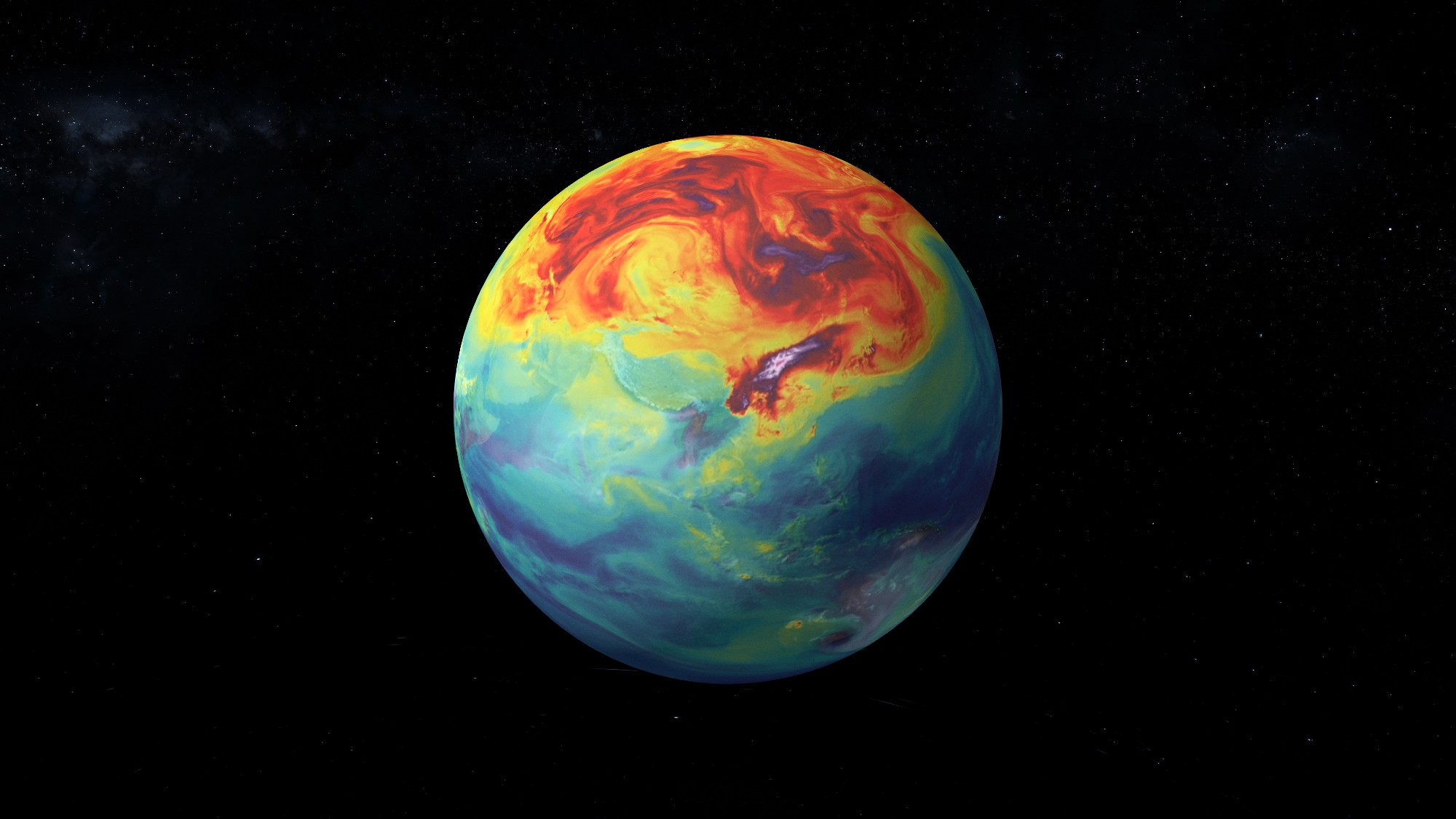 NASA is moving away from tracking climate change
NASA is moving away from tracking climate changeThe Explainer Climate missions could be going dark
